Opinion & Analysis
PGA Tour players on the rise in 2016, and those on the decline
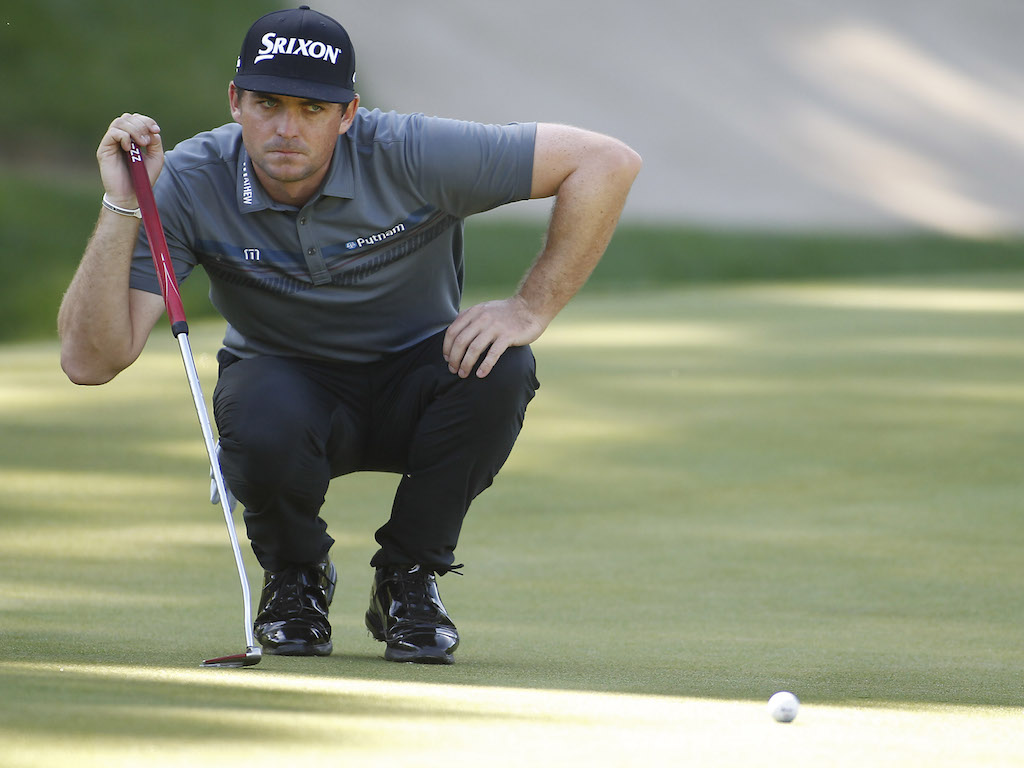
Before last season, I sifted through the players who were projected to rise and decline in the 2014-2015 season. With the start of the 2015-2016 season coming this week, I wanted to go through the projections for this year.
The rankings in the tables below are based out of 184 players:
ON THE RISE
In the past I have discussed what I call The 4 Cornerstones of the Game for Tour players. That is when a Tour player finishes in the top-half on Tour in the following categories:
- Red Zone Play: Shots from 175-225 yards
- Driving Effectiveness
- Short Game Shots from 10-20 yards
- Make Percentage from 5-to-15 feet
Traditionally, players who have accomplished the 4 Cornerstones for the season have excellent seasons and if they did not earn a victory, are often right in line to win in the near future. I recommend that any player try to accomplish the 4 Cornerstones in a season. However, what I have discovered is that the players who are most susceptible to accomplishing these cornerstones in a season and struggle the next season are the shorter hitters on Tour. So, I added a fifth cornerstone: Ball Speed. And last season, the 12 players who accomplished all five cornerstones had median earnings of nearly $4.4 million. So, shall we begin?
Kevin Chappell
Two seasons ago, I would have considered Chappell a top-5 ball striker in the world, and he started to regain his form toward the end of this season. He was a notoriously poor putter who improved to 61st in Putts Gained after using AimPoint’s green-reading system. He’s starting to play the Par-5’s better (49th in Par-5 Scoring Avg.) and increased his club speed to 118.6 mph with the driver. I think he has the potential to be like David Duval when Duval finally got his first Tour victory, and then became almost unstoppable during that incredible run he had afterward.
Ryan Palmer
Palmer ranked 40th in Actual Scoring Average, but ranked 15th in Adjusted Scoring Average. He was also a member of the 5 Cornerstone Club. Typically, Palmer has been a long hitter who drives the ball effectively and putts well. He is a bit wild off the tee, however, which gives me a little trepidation in selecting him as one of the Tour players on the rise. His wild driving can hurt him on shots from 150-225 yards, where Tour players can gain a great advantage by simply keeping shots in the short grass. But, with his overall game and length off the tee, he could very well win on more wide open courses or courses that have non-penalizing rough like TPC Scottsdale, Golf Club of Houston and PGA West. And now he has proven that he has the all-around game to win anywhere else if he gets on a good four-day streak.
John Peterson
Peterson reminds me a bit of Billy Horschel when Horschel was first out on Tour. His rookie season wasn’t impressive either, but there were some good metrics in his game, particularly in his long approach shots and driving to make me think that Horschel had a real future out on Tour.
Peterson struggled a year ago in his initial rookie season, but regained his Tour card and managed to finish in the top-125. His performance from the Red Zone dipped this season, but he greatly improved his putting and short game play, which was the worst on Tour a year ago and is now at least mediocre. Historical data shows that players of a similar age as Peterson are likely to plateau in the short game, but regain their previous form with the ball-striking, which would equate to a very good season for the young LSU grad.
Patrick Rodgers
Rodgers’ numbers work well with players from the past, as his iron play is scheduled to improve as well as his putting. He’s already an elite driver of the ball that hits it very long and high. He led the Tour in hang time with the driver at 7.2 seconds. The initial adjustment for rookie Tour players usually comes from iron play and putting, so if a Tour player can drive the ball effectively, that’s a positive sign that they can make the adjustments with their iron play. And with experience, typically the putting starts to improve.
Keegan Bradley
It’s difficult to claim that a high-profile name like Bradley is “on the rise,” but he has not won a Tour event in two seasons and he finished a mediocre 65th on the Money List this season.
However, he has some excellent strong points to build on like being a member of the 5 Cornerstone Club, despite him having an atrocious start to the season.
Below is a chart showing Bradley’s short game performance by event. Anything greater than 0 percent is better than the average and anything below 0 percent is worse than the average.
Bradley’s Short Game performance did not start to turn around until the Zurich Classic, and he was able to sustain it throughout the rest of the season. In the meantime, Bradley started to finally improve from the Yellow Zone (125-175 yards), as well as on shots from 75-175 yards have been his weakness over his career. I can see Bradley having a monster season. He’s reached the 5 Cornerstones, has improved from the Yellow Zone and it sure to be motivated in this Ryder Cup year.
ON THE DECLINE
Matt Every
In the 2014-2015 season, 75 percent of Every’s earnings came from his victory at Bay Hill. After that, he only made 12 of his 25 cuts. It was part of a downward spiral that started to take place in the second half of the 2013-2014 season. He finished the season 182nd in Adjusted Scoring Average.
Every was a decent driver of the ball, but his specialty was his iron play. He started to become an elite putter in the 2013-2014 season, and with his iron play he made for an excellent competitor. His driving started to spiral out of control and now his iron play is going with it. The good news is that he’s still young and historically the younger players have been able turn things around the quickest. If he continues at this pace though, I can’t see him winning again at Bay Hill and it will be a long season.
Padraig Harrington
Many were proclaiming that Harrington was back after his win at the Honda Classic. However, his driving was still abysmal as he ranked 110 out of 124 measured golfers in Driving Effectiveness at that event. Where he excelled at PGA National was where it counted most: shots from 175-200 yards. That was the approach-shot range that had the greatest deviation in results, and the average shot from that distance was hit to 37 feet. Harrington hit his shots from that distance to 17 feet, 20 feet closer to the cup than the average player in the field.
After that, Harrington did little of anything and finished 172nd in Adjusted Scoring Average. He didn’t strike the ball well and putted poorly (162nd in Putts Gained). I just don’t expect much from him this season.
Jimmy Walker
It’s hard to bet against Walker because he hits the ball a long ways and is an elite putter. There is a strong correlation between distance and the average length of a birdie putt when the player finds the green in regulation. That’s why distance off the tee generally allows a golfer to putt worse and still be successful; longer players are more likely to have shorter birdie putts that are more makeable, so they can be a less-skilled putter and still get the ball in the hole more quickly. So when we take a long hitter like Walker and combine that with his elite putting he is likely to be successful year-after-year.
Walker has never been a great driver of the ball, but is usually a pretty good iron player. His driving got off to a nice start, but then dropped off dramatically (along with his iron play) as the year went along.
What concerns me more about Walker’s performance is that he was only decent in Par-4 Scoring Average (81st) and mediocre in Bogey Rate (120th). Those are the two big scoring metrics that factor in most to Total Adjusted Scoring Average. He generally dominates the West Coast because he plays well on courses where the hit fairway percentage is low, and he putts extremely well on Poa Annua type surfaces. I wouldn’t be surprised if he got a win early on, but I don’t see him being nearly as successful as he has been for the past two seasons.
Hunter Mahan
Mahan caught fire early on and then in the playoffs, but it was not enough for him to make the Tour Championship. I have been predicting a downward slide for Mahan for the past two seasons and I still project that downward slide. In the past, his biggest issue has been his iron play, particularly from the Red Zone. That has not progressed and now we are seeing a sizable regression in his Driving, as he used to be one of the best drivers of the ball on Tour. His Purse Size Per Event should get smaller, and at this rate he is more likely to earn a number in line with this Adjusted Scoring Average ranking.
Sean O’Hair
O’Hair had a fine comeback season, but it was a bit of smoke and mirrors as he finished 98th in Adjusted Scoring Average. He still continues to struggle with his ball striking, but made up for it with his finest season around and on the greens. He has been a poor putter and short game player throughout his career, and the numbers give him slim odds of sustaining that improvement. Meanwhile, he was one of the 10-worst players from the ever important Red Zone last season. His club speed has also dropped from 116.8 mph two seasons ago.
- LIKE64
- LEGIT19
- WOW9
- LOL4
- IDHT1
- FLOP3
- OB2
- SHANK29
Opinion & Analysis
The Wedge Guy: What really makes a wedge work? Part 1

Of all the clubs in our bags, wedges are almost always the simplest in construction and, therefore, the easiest to analyze what might make one work differently from another if you know what to look for.
Wedges are a lot less mysterious than drivers, of course, as the major brands are working with a lot of “pixie dust” inside these modern marvels. That’s carrying over more to irons now, with so many new models featuring internal multi-material technologies, and almost all of them having a “badge” or insert in the back to allow more complex graphics while hiding the actual distribution of mass.
But when it comes to wedges, most on the market today are still single pieces of molded steel, either cast or forged into that shape. So, if you look closely at where the mass is distributed, it’s pretty clear how that wedge is going to perform.
To start, because of their wider soles, the majority of the mass of almost any wedge is along the bottom third of the clubhead. So, the best wedge shots are always those hit between the 2nd and 5th grooves so that more mass is directly behind that impact. Elite tour professionals practice incessantly to learn to do that consistently, wearing out a spot about the size of a penny right there. If impact moves higher than that, the face is dramatically thinner, so smash factor is compromised significantly, which reduces the overall distance the ball will fly.
Every one of us, tour players included, knows that maddening shot that we feel a bit high on the face and it doesn’t go anywhere, it’s not your fault.
If your wedges show a wear pattern the size of a silver dollar, and centered above the 3rd or 4th groove, you are not getting anywhere near the same performance from shot to shot. Robot testing proves impact even two to three grooves higher in the face can cause distance loss of up to 35 to 55 feet with modern ‘tour design’ wedges.
In addition, as impact moves above the center of mass, the golf club principle of gear effect causes the ball to fly higher with less spin. Think of modern drivers for a minute. The “holy grail” of driving is high launch and low spin, and the driver engineers are pulling out all stops to get the mass as low in the clubhead as possible to optimize this combination.
Where is all the mass in your wedges? Low. So, disregarding the higher lofts, wedges “want” to launch the ball high with low spin – exactly the opposite of what good wedge play requires penetrating ball flight with high spin.
While almost all major brand wedges have begun putting a tiny bit more thickness in the top portion of the clubhead, conventional and modern ‘tour design’ wedges perform pretty much like they always have. Elite players learn to hit those crisp, spinny penetrating wedge shots by spending lots of practice time learning to consistently make contact low in the face.
So, what about grooves and face texture?
Grooves on any club can only do so much, and no one has any material advantage here. The USGA tightly defines what we manufacturers can do with grooves and face texture, and modern manufacturing techniques allow all of us to push those limits ever closer. And we all do. End of story.
Then there’s the topic of bounce and grinds, the most complex and confusing part of the wedge formula. Many top brands offer a complex array of sole configurations, all of them admittedly specialized to a particular kind of lie or turf conditions, and/or a particular divot pattern.
But if you don’t play the same turf all the time, and make the same size divot on every swing, how would you ever figure this out?
The only way is to take any wedge you are considering and play it a few rounds, hitting all the shots you face and observing the results. There’s simply no other way.
So, hopefully this will inspire a lively conversation in our comments section, and I’ll chime in to answer any questions you might have.
And next week, I’ll dive into the rest of the wedge formula. Yes, shafts, grips and specifications are essential, too.
- LIKE11
- LEGIT3
- WOW1
- LOL1
- IDHT2
- FLOP1
- OB1
- SHANK1
Golf's Perfect Imperfections
Golf’s Perfect Imperfections: Amazing Session with Performance Coach Savannah Meyer-Clement

In this week’s episode, we spent some time with performance coach Savannah Meyer-Clement who provides many useful insights that you’ll be able to implement on the golf course.
- LIKE0
- LEGIT0
- WOW0
- LOL0
- IDHT0
- FLOP0
- OB0
- SHANK0
19th Hole
Vincenzi’s 2024 RBC Heritage betting preview: Patrick Cantlay ready to get back inside winner’s circle

Just a two-hour drive from Augusta National, the PGA TOUR heads to Harbour Town Golf Links in Hilton Head Island, S.C. Hilton Head Island is a golfer’s paradise and Harbour Town is one of the most beautiful and scenic courses on the PGA TOUR.
Harbour Town Golf Links is a par-71 that measures 7,121 yards and features Bermuda grass greens. A Pete Dye design, the course is heavily tree lined and features small greens and many dog legs, protecting it from “bomb-and-gauge” type golfers.
The field is loaded this week with 69 golfers with no cut. Last year was quite possibly the best field in RBC Heritage history and the event this week is yet another designated event, meaning there is a $20 million prize pool.
Most of the big names on the PGA Tour will be in attendance this week with the exceptions of Hideki Matsuyama and Viktor Hovland. Additionally, Webb Simpson, Shane Lowry, Gary Woodland and Kevin Kisner have been granted sponsors exemptions.
Past Winners at Harbour Town
- 2023: Matt Fitzpatrick (-17)
- 2022: Jordan Spieth (-13)
- 2021: Stewart Cink (-19)
- 2020: Webb Simpson (-22)
- 2019: CT Pan (-12)
- 2018: Sotoshi Kodaira (-12)
- 2017: Wesley Bryan (-13)
- 2016: Branden Grace (-9)
- 2015: Jim Furyk (-18)
In this article and going forward, I’ll be using the Rabbit Hole by Betsperts Golf data engine to develop my custom model. If you want to build your own model or check out all of the detailed stats, you can sign up using promo code: MATTVIN for 25% off any subscription package (yearly is best value).
Key Stats For Harbour Town
Let’s take a look at key metrics for Harbour Town Golf Links to determine which golfers boast top marks in each category over their past 24 rounds.
Strokes Gained: Approach
Strokes Gained: Approach is exceedingly important this week. The greens at Harbour Town are about half the size of PGA TOUR average and feature the second-smallest greens on the tour. Typical of a Pete Dye design, golfers will pay the price for missed greens.
Total SG: Approach Over Past 24 Rounds
- Scottie Scheffler (+1.27)
- Tom Hoge (+1.27)
- Corey Conners (+1.16)
- Austin Eckroat (+0.95)
- Cameron Young (+0.93)
Good Drive %
The fairways at Harbour Town are tree lined and feature many dog legs. Bombers tend to struggle at the course because it forces layups and doesn’t allow long drivers to overpower it. Accuracy is far more important than power.
Good Drive % Over Past 24 Rounds
- Brice Garnett (88.8%)
- Shane Lowry (+87.2%)
- Akshay Bhatia (+86.0%)
- Si Woo Kim (+85.8%)
- Sepp Straka (+85.1%)
Strokes Gained: Total at Pete Dye Designs
Pete Dye specialists tend to play very well at Harbour Town. Si Woo Kim, Matt Kuchar, Jim Furyk and Webb Simpson are all Pete Dye specialists who have had great success here. It is likely we see some more specialists near the top of the leaderboard this week.
SG: TOT Pete Dye per round over past 36 rounds:
- Xander Schauffele (+2.27)
- Scottie Scheffler (+2.24)
- Ludvig Aberg (+2.11)
- Brian Harman (+1.89)
- Sungjae Im (+1.58)
4. Strokes Gained: Short Game (Bermuda)
Strokes Gained: Short Game factors in both around the green and putting. With many green-side bunkers and tricky green complexes, both statistics will be important. Past winners — such as Jim Furyk, Wes Bryan and Webb Simpson — highlight how crucial the short game skill set is around Harbour Town.
SG: SG Over Past 24 Rounds
- Jordan Spieth (+1.11)
- Taylor Moore (+1.02)
- Wyndham Clark (+0.98)
- Mackenzie Hughes (+0.86)
- Andrew Putnam (+0.83)
5. Greens in Regulation %
The recipe for success at Harbour Town Golf Links is hitting fairways and greens. Missing either will prove to be consequential — golfers must be in total control of the ball to win.
Greens in Regulation % over past 24 rounds:
- Brice Garnett (+75.0%)
- Scottie Scheffler (+69.9%)
- Corey Conners (+69.0%)
- Shane Lowry (+68.3%)
- Patrick Rodgers (+67.6%)
6. Course History
Harbour Town is a course where players who have strong past results at the course always tend to pop up.
Course History over past 24 rounds:
- Patrick Cantlay (+2.34)
- Cam Davis (+2.05)
- J.T. Poston (+1.69)
- Justin Rose (+1.68)
- Tommy Fleetwood (+1.59)
The RBC Heritage Model Rankings
Below, I’ve compiled overall model rankings using a combination of the five key statistical categories previously discussed — SG: Approach (24%), Good Drives (20%), SG: SG (14%), SG: Pete Dye (14%), GIR (14%), and Course History (14%)
- Shane Lowry
- Russell Henley
- Scottie Scheffler
- Xander Schauffele
- Corey Conners
- Wyndham Clark
- Christiaan Bezuidenhout
- Matt Fitzpatrick
- Cameron Young
- Ludvig Aberg
2024 RBC Heritage Picks
Patrick Cantlay +2000 (FanDuel)
With the exception of Scottie Scheffler, the PGA Tour has yet to have any of their star players show peak form during the 2024 season. Last week, Patrick Cantlay, who I believe is a top-5 players on the PGA Tour, took one step closer to regaining the form that’s helped him win eight events on Tour since 2017.
Cantlay limped into the Masters in poor form, but figured it out at Augusta National, finishing in a tie for 20th and ranking 17th for the week in Strokes Gained: Ball Striking. The former FedEx Cup champion will now head to one of his favorite golf courses in Harbour Town, where he’s had immaculate results over the years. In his six trips to the course, he’s only finished worse than 7th one time. The other finishes include three third places (2017, 2019, 2023) and one runner-up finish (2022). In his past 36 rounds at Harbour Town, Cantlay ranks 1st in Strokes Gained: Total per round at the course by a wide margin (+2.36).
Cantlay is winless since the 2022 BMW Championship, which is far too long for a player of his caliber. With signs pointing to the 32-year-old returning to form, a “signature event” at Harbour Town is just what he needs to get back on the winning track.
Tommy Fleetwood +3000 (FanDuel)
I truly believe Tommy Fleetwood will figure out a way to win on American soil in 2024. It’s certainly been a bugaboo for him throughout his career, but he is simply too talented to go another season without winning a PGA Tour event.
At last week’s Masters Tournament, Fleetwood made a Sunday charge and ended up finishing T3 in the event, which was his best ever finish at The Masters. For the week, the Englishman ranked 8th in the field in Strokes Gained: Approach, 10th in Strokes Gained: Ball Striking and 16th in Strokes Gained: Putting.
Harbour Town is a perfect layout for Fleetwood, and he’s had relative success at this Pete Dye design in the past. In his four trips to the course, he’s finished inside of the top 25 three times, with his best finish, T10, coming in 2022. The course is pretty short and can’t be overpowered, which gives an advantage to more accurate players such as Fleetwood. Tommy ranks 8th in the field in Good Drive % and should be able to plot his way along this golf course.
The win is coming for Tommy lad. I believe there’s a chance this treasure of a golf course may be the perfect one for him to finally break through on Tour.
Cameron Young +3300 (FanDuel)
Cameron Young had a solid Masters Tournament last week, which is exactly what I’m looking for in players who I anticipate playing well this week at the RBC Heritage. He finished in a tie for 9th, but never felt the pressure of contending in the event. For the week, Young ranked 6th in Strokes Gained: Off the Tee and 6th in Strokes Gained: Ball Striking.
Despite being one of the longest players off the tee on the PGA Tour, Young has actually played some really good golf on shorter tracks. He finished T3 at Harbour Town in 2023 and ranks 20th in the field in Good Drive% and 16th in Greens in Regulation in his past 24 rounds. He also has strong finishes at other shorter courses that can take driver out of a players hand such as Copperhead and PGA National.
Young is simply one of the best players on the PGA Tour in 2024, and I strongly believe has what it takes to win a PGA Tour event in the very near future.
Corey Conners +5500 (FanDuel)
Corey Conners has had a disappointing year thus far on the PGA Tour, but absolutely loves Harbour Town.
At last week’s Masters Tournament, the Canadian finished T30 but ranked 20th in the field in Strokes Gained: Approach. In his past 24 rounds, Conners ranks 3rd in the field in Strokes Gained: Approach, 3rd in Greens in Regulation % and 24th in Good Drive %.
In Conners’ last four trips to Harbour Town, his worst finish was T31, last season. He finished T4 in 2021, T12 in 2022 and ranks 8th in Strokes Gained: Total at the course over his past 36 rounds.
Conners hasn’t been contending, but his recent finishes have been encouraging as he has finished in the top-25 in each of his past three starts prior to The Masters, including an impressive T13 at The PLAYERS. His recent improvement in ball striking as well as his suitability for Harbour Town makes Conners a high upside bet this week.
Shane Lowry (+7500) (FanDuel)
When these odds were posted after Lowry was announced in the field, I have to admit I was pretty stunned. Despite not offering much win equity on the PGA Tour over the last handful of years, Shane Lowry is still a top caliber player who has the ability to rise to the top of a signature event.
Lowry struggled to score at The Masters last week, but he actually hit the ball really well. The Irishman ranked 1st for Strokes Gained: Approach on the week and 7th in Strokes Gained: Ball Striking. As usual, it was the putter that let him down, as he ranked 60th in the field in Strokes Gained: Putting.
Harbour Town is most definitely one of Lowry’s favorite courses on the PGA Tour. In his six starts there, he’s finished in the top 10 three times, including third twice. Lowry is sensational at Pete Dye designs and ranks 7th in Strokes Gained: Total in his past 36 rounds on Dye tracks.
Lowry is perfect for Harbour Town. In his past 24 rounds, he ranks 5th in Strokes Gained: Approach, 2nd in Good Drive% and 5th in Green in Regulation %. If he figures it out on the greens, Shane could have his first win in America since 2015.
Lucas Glover +12000 (FanDuel)
This is one of my weekly “bet the number” plays as I strongly believe the odds are just too long for a player of Glover’s caliber. The odds have been too long on Glover for a few weeks now, but this is the first event that I can get behind the veteran being able to actually contend at.
Glover is quietly playing good golf and returning to the form he had after the understandable regression after his two massive victories at the end of 2023. He finished T20 at The Masters, which was his best ever finish at Augusta National. For the week, Lucas ranked 18th for Strokes Gained: Approach and 20th in Strokes Gained: Ball Striking.
Over his past 24 rounds, Glover ranks 9th in Strokes Gained: Approach and 13th in Good Drive %. Harbour Town is a short course that the 44-year-old will be able to keep up with the top players on Tour off the tee. He’s played the course more than 20 times, with mixed results. His best finishes at Harbour Town include a T7 in 2008, but recently has a finish of T21 in 2020.
Glover has proven he can contend with the stars of the Tour on any given week, and this number is flat out disrespectful.
- LIKE30
- LEGIT5
- WOW2
- LOL1
- IDHT1
- FLOP2
- OB0
- SHANK2
-

 19th Hole1 week ago
19th Hole1 week agoDave Portnoy places monstrous outright bet for the 2024 Masters
-

 19th Hole2 weeks ago
19th Hole2 weeks agoThings got heated at the Houston Open between Tony Finau and Alejandro Tosti. Here’s why
-

 19th Hole1 week ago
19th Hole1 week agoTiger Woods arrives at 2024 Masters equipped with a putter that may surprise you
-

 19th Hole2 weeks ago
19th Hole2 weeks agoReport: Tiger Woods has ‘eliminated sex’ in preparation for the 2024 Masters
-

 19th Hole4 days ago
19th Hole4 days agoTwo star names reportedly blanked Jon Rahm all week at the Masters
-

 19th Hole3 days ago
19th Hole3 days agoNeal Shipley presser ends in awkward fashion after reporter claims Tiger handed him note on 8th fairway
-

 19th Hole3 days ago
19th Hole3 days agoReport: LIV Golf identifies latest star name they hope to sign to breakaway tour
-

 19th Hole2 weeks ago
19th Hole2 weeks agoAddiction, spinal fusion, and scam artists – Everything Anthony Kim revealed in candid interview with David Feherty

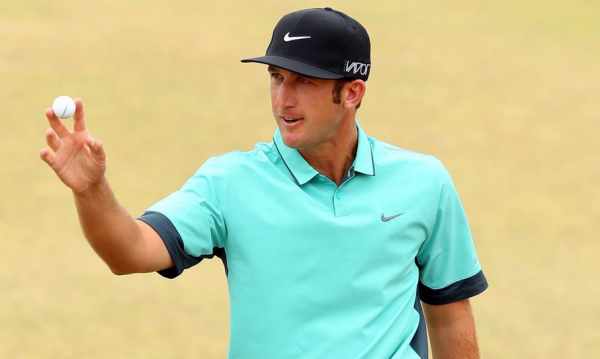

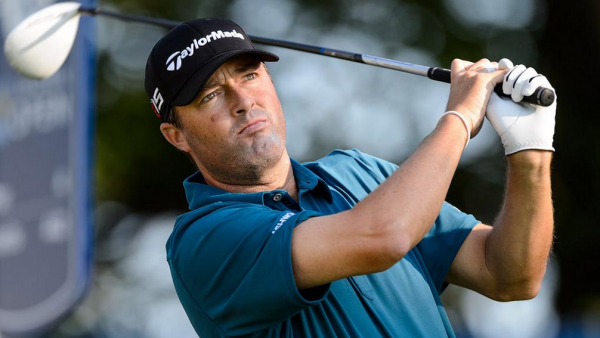

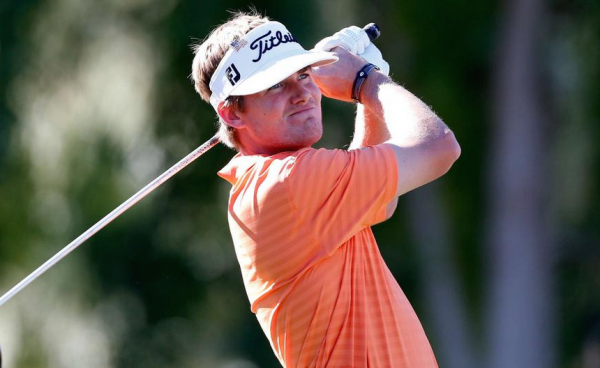

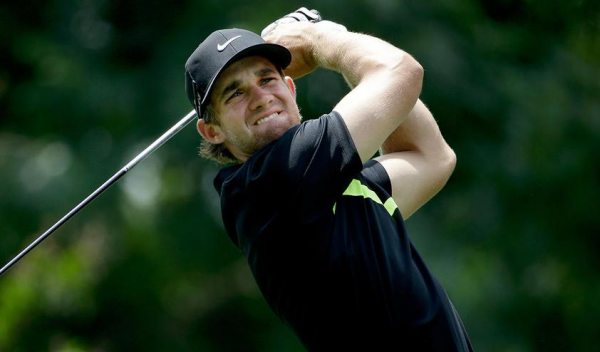

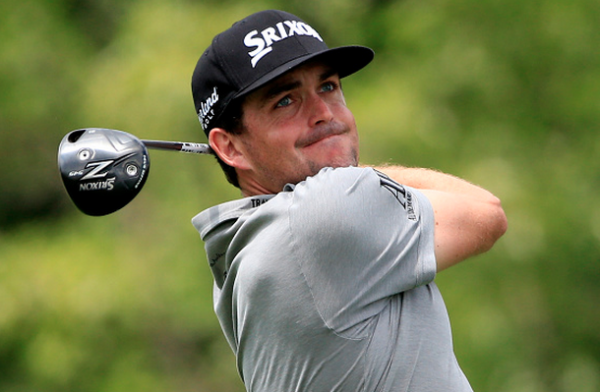

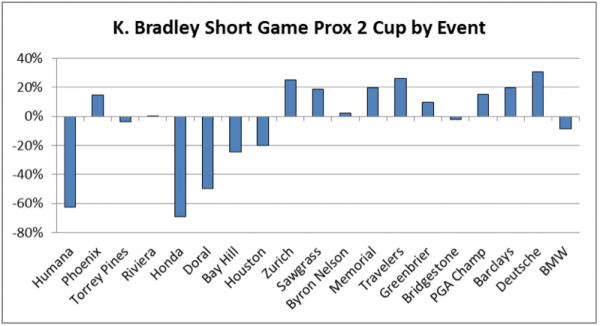
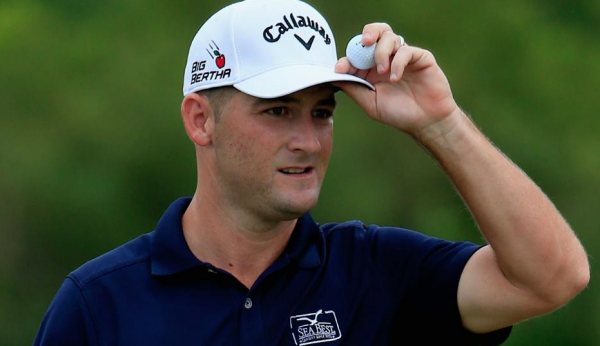

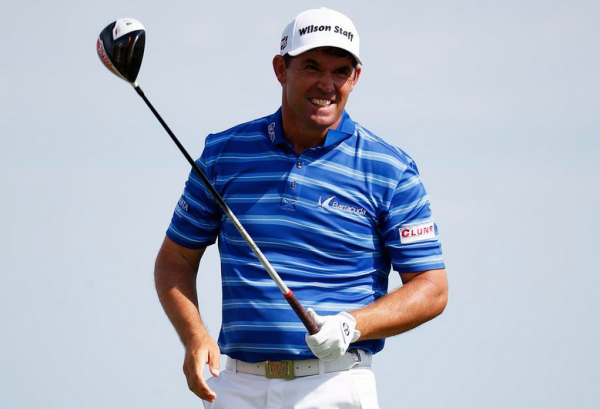

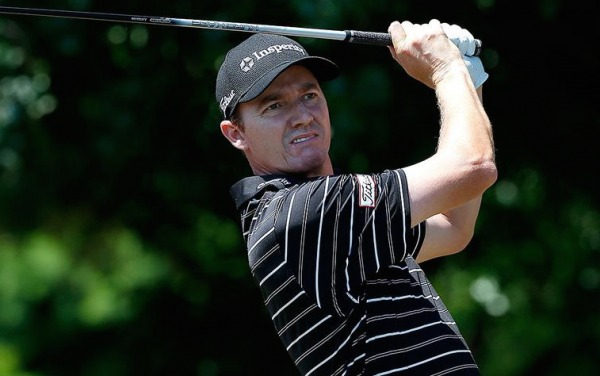

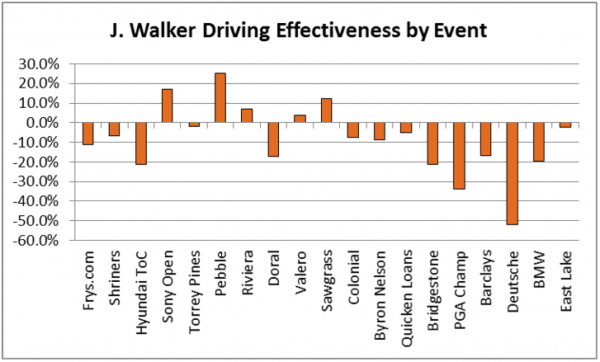
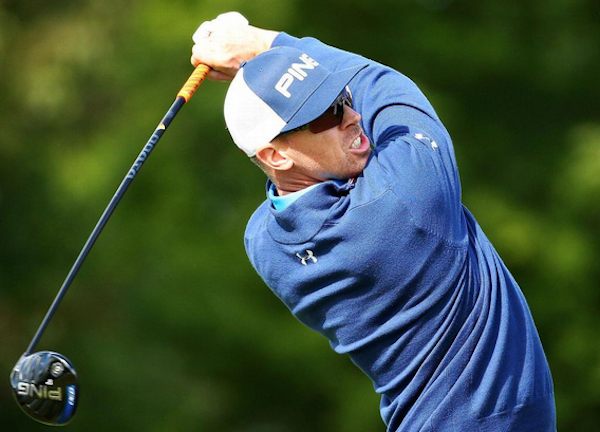

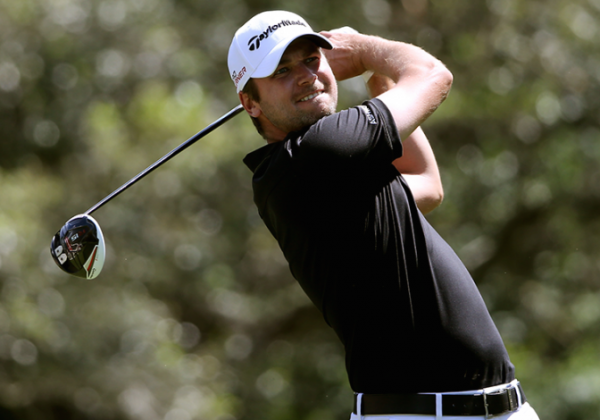
















Eric
Oct 12, 2015 at 1:11 pm
How is Keegan Bradley on the rise when he hasn’t won a tournament in three years? He’ll continue to struggle because of the anchored putter ban. He was 126th in strokes gained and 124th in putting average. By the way (don’t know if you’re a proponent of the anchor ban) but he was 47th last year with the long putter. You also have John Peterson and Kevin Chappell on there, neither of which have actually won on tour. Peterson only has two career top 10’s (1 coming at U.S. Open in 2012) and Chappell has only 10 career top 10’s after gaining full time status 5 years ago???
Richie Hunt
Oct 12, 2015 at 1:35 pm
Eric —
These are projections based on certain metrics and going on past history of players that have had ‘breakout years’ or sudden ‘dropoff years.’ I see Keegan on the rise because his metrics and age match right up with those that have had big seasons on Tour in the past. The same with Chappell and Peterson.
Track Man
Oct 13, 2015 at 4:52 pm
a yes “Metrics”
Ben
Oct 17, 2015 at 3:01 am
He quantified his predictions with numbers, I fail to see what’s wrong with that.
Thanks Rich for another well-written article, it’s nice to see stuff backed up with cold, hard data these days.
Connor
Oct 12, 2015 at 12:06 pm
good stats. nitpicking…peterson’s a texan and played collegiately at lsu